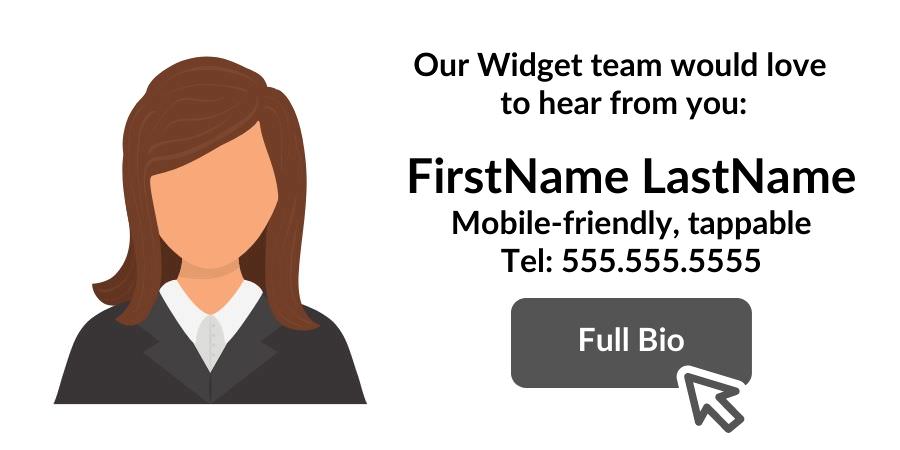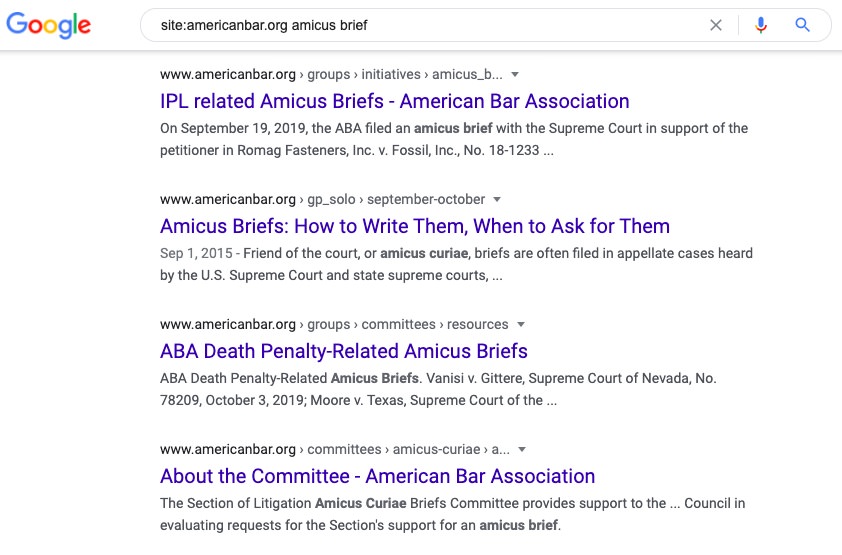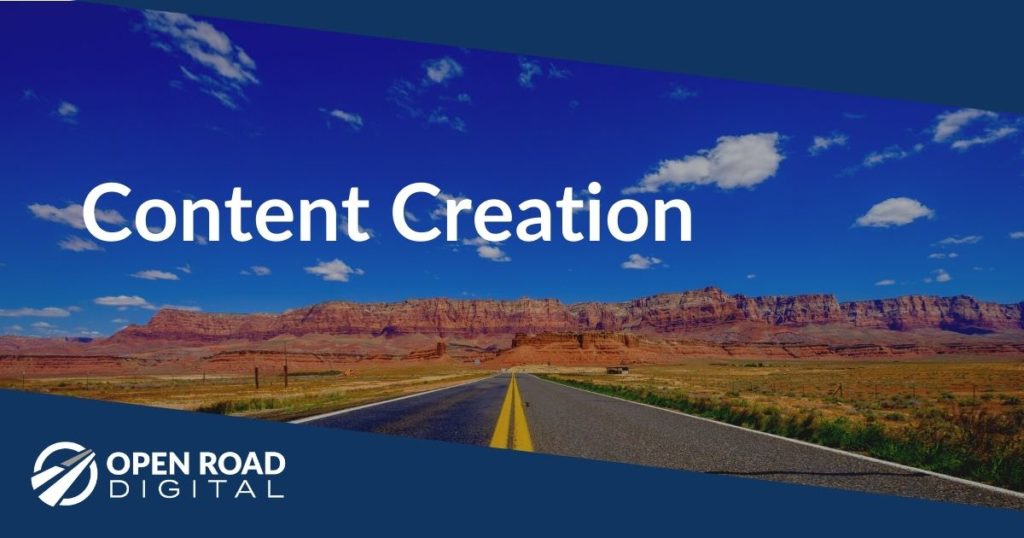Yes, you heard that right: you’re website should always be 97% complete. Never 100% complete. Trust me – it’s good for your business. I’ll explain.
There is a big Lie going on out there, and you’ve probably been a part of it (organizationally). You or your firm or your organization work hard to rebuild and design a new website, and then you’re DONE. It’s a huge relief (and sometimes a letdown).
But are you really done? Never. And thinking that you (or your organization) are “done” is an approach that won’t just hinder you – it will hurt you. It’s best if you have the attitude that your website is always under construction.
97% Complete: No More, No Less
Why 97% complete? Why not 99%? Why not 100%?
The lie, or the fallacy, is that your website “got redesigned” or “rebuilt.” This approach produces passivity. Instead, you should feel empowered to constantly improve your website so it produces the results you need. If you feel your website is 100% done, you’ll never think that you can improve your website – the content, the design, the SEO, the UX.
If you feel your website is 100% done, you’ll never think that you can improve your website – the content, the design, the SEO, the UX.
Nicholas Kosar, Founder & CEO, Open Road Digital
I chose 97% because it is very close to 100%. To me, 90% completion is too low. In everything we do, we should aim to do the best we can. Thus, 97% complete is the goal. This means that when you do a redesign, you are doing all you can. Then the site is launched.
What happens the day after you launch? If we are honest, these things can happen:
- A technical item or piece of content goes out of date.
- The markets you are competing in change, turning your content obsolete.
- The keywords you chose for your website become less relevant.
- A team member needs their photo retaken, or a website image goes out of date.
- You need to add a new service or practice to the website.
- You realize that you forgot something important in your website redesign.
The list could go on, but you get the point. Your website should be built so that all team members understand that they can and should update the website to make it more useful to your stakeholders and audiences, more authoritative, and more competitive.
The Missing 3%: Your Website Marketing Action Plan
Now that your website is 97% complete, it’s time to constantly, regularly take action to move it to 100%. That “missing 3%” is the daily, weekly, and monthly work you do to update and improve your site so that it provides the marketing and thought leadership value you need.
Here is a checklist of items you can work on as part of your “3% Action Plan”:
Update Page and Blog Titles
When you view your pages in a Google or Bing search, are the title and description what you would want to see if you were a potential client or stakeholder? Log in to your site, update relevant page and blog titles and descriptions so they encourage web searches to click on your page in search results.

Improve Your Biographies
Times change, markets change, strategic goals change. Your bios should keep up with those changes. Visit your bio every few months and make tweaks, pivot to the market, update your experience. Don’t let years pass by before you do this.
Hint: Google doesn’t rank “thin” content. That’s page content that contains very little relevant textual information. Bulk up your bios, but do it in an appealing, readable manner, using keywords that resonate with your audience.
Improve or Add Calls-To-Action
If you have a strong service or practice web page with informative and authoritative content, are you giving site visitors an opportunity to take further action by clicking on more links? This could be a mini bio, a related blog post, or a newsletter signup. Encourage site visitors to do more than leave your web page.

Change the Hero Section
The hero section is the large section with a big visual and big message that many websites have at the top of their homepage. Do you have a Call to Action button? Does the hero section directly relate to your core brand or service? Is it a timely message? Your hero section does not need to stay the same for years on end.
Add New Content, Regularly
The more content you add to your site, the more Google will crawl it, and (assuming you have quality content), your search rankings normally rise. But a “dead” website that is nothing more than a digital brochure tells Google that there is “nothing here … move on.” Keep your site active and updated, content-wise. It produces positive results.
Add Crosslinks Between Your Web Pages
If you are blogging regularly, after a period of time you’ll realize that you have a lot of web pages on your site that exist unto themselves. They are islands inside one website. Review your content and start to link related content. Why? First, your site visitors will appreciate the opportunity to learn more by following links. Second, the value of one link will be imparted to a linked page. Let the tide rise and float all the boats (pages) higher. Finally, Google gives credit to this improved customer experience. That means higher rankings.

Search Your Keywords, Then Update Accordingly
When is the last time you did a search regarding the topic for Web Page A or Web Page B? Do you like what you see? Does your page title or description resonate to online audiences? Should you change your messaging? Are you missing keywords that the market searches for? Comparing your web pages to your competitors will give you insights on how to update your pages.
Add New Sections and New Pages
Did you forget to add a web page for a service you provide or a new market you want to pursue? Add it. With your new content, can you add a new navigation menu item to let site visitors know about your new services? Add it. Is there a sales brochure or white paper document that has never been shared on your website? Add it.
As you’ll see, if you develop the mindset that your website can always be improved, your digital marketing can improve along with your website.




